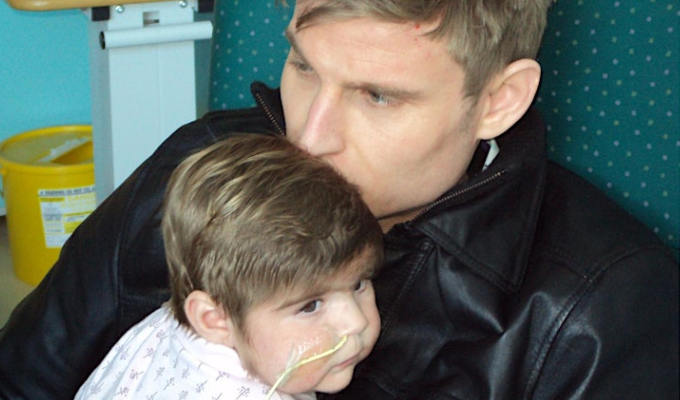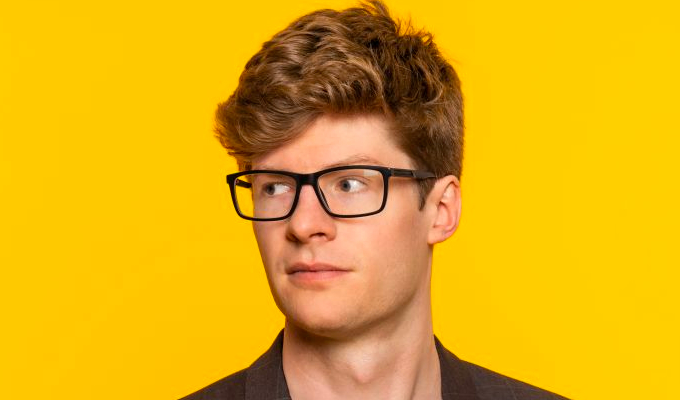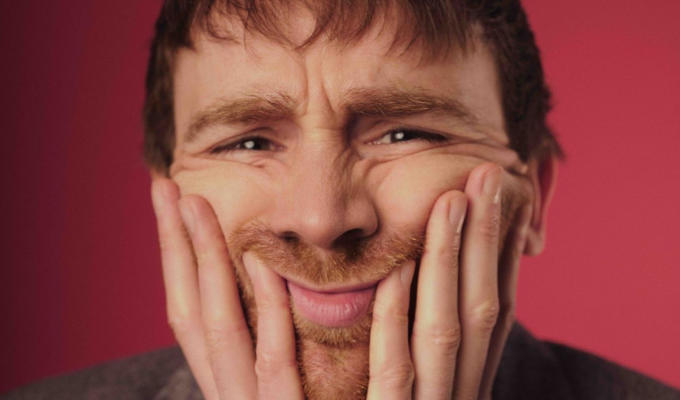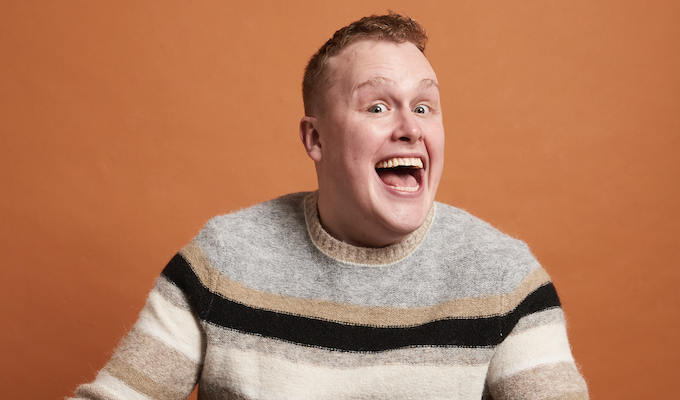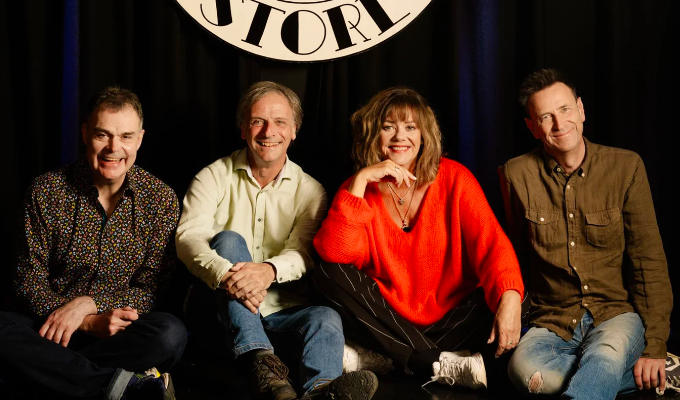Ying Tong: A Walk With The Goons
Note: This review is from 2005
Review by Steve Bennett
So this Englishman, Welshman and nominal Irishman walk into a pub… The pub’s the Grafton Arms in London’s Victoria, and there they create the Goon show (or ‘Go On Show’ as some fusty Beeb mandarin thought) and the rest is comedy history.In Ying Tong, that history is plundered in the latest of a seemingly inexhaustible supply of dramas about the comic greats. The lives of Tommy Cooper, Peter Cook, Peter Sellers, Kenneth Williams and, more obliquely, Morecambe and Wise have already been plundered - and now Spike Milligan gets his call-up.
There’s obviously a good market for this nostalgia, just as there is for musical tribute bands, as they offer guaranteed laughs from re-creating a fondly-remembered generation of post-war comedians before they fade from pubic conscience, the inevitable fate of any entertainer.
Milligan’s life, of course, offers rich pickings to the dramatist. The well-documented mental problems that dogged him throughout his adult life mean his is a classic ‘tears of a clown’ story of an anguished man using jokes to deflect the pain. Plus, all the funniest lines have already been written by Milligan – it’s just a case of editing them to fit the show.
That Spike’s torment is so well-known is, however, one of the problems of this show, as writer Roy Smiles can offer no new insight. And since the target audience are obviously Goons fans, it’s fair to assume they’re fairly familiar with all the theories already.
Was his depression caused by shell-shock in the war, was it the strain of writing up to 26 Goon shows a year, was it knowing he’d lost the innocent and beauty of a childhood in India for mundane life in Catford and the Army, was it congenital? When even psychiatrist Anthony Clare says he could find no single cause for Spike’s illness when he studied him, it’s unlikely anyone can fathom it out now he’s gone.
All these themes are touched upon in Ying Tong, as is the generally-held opinion of the Goon Show that it was not just a noisy, silly burst of nonsense – but a giant raspberry blown at all the buffoon officers lower orders like Milligan had to salute; given rank for their class background, not their ability.
It’s in examining Milligan’s motives that the show disappoints, failing to tell us something we don’t already know, right down to retelling the story of his threat to attack on Sellers with a potato peeler. Aptly enough considering the subject matter, this is a schizophrenic production, never sure if it’s a serious examination of mental illness or a straightforward revival show, and it’s this which provides the fun – opening the padded door for some zany Goon Show shenanigans.
Spike’s problems are explored from the point of view of his bed in St Luke’s psychiatric hospital in Muswell Hill, 1960. As he lies there, straitjacketed, psychotic visions of his Goon Show colleagues (though not founder member Michael Bentine, by this time out of the show) pay him a visit, begging him to write more episodes for them. "Leave me alone," he begs. "I’m trying to have a breakdown here."
Mixing the simulated madness of the Goon recordings with the real thing in the ward, offers a perfect excuse to travel back to those bygone days in the BBC studio. And this is something director Michael Kingsbury knows a thing or two about, having previously resurrected Round The Horne for the stage so successfully.
The four performers make these sessions zing with life, capturing the unquoshable spirits of their impersonatees. James Clyde brings a charismatic Sean Hughes shabbiness to his tormented Milligan; Christian Patterson is the very (large) embodiment of Harry Secombe, all generous bonhomie and rich tenor, while James Clyde captures the dry, sardonic wit of Peter Sellers perfectly. The team is completed the buttoned-down authority figure of BBC announcer Wallace Greenslade, played by Jeremy Child with a mischievous side.
As well as his own creations such as Neddy Seagoon and Hercules Grytpype-Thynne, Milligan also hallucinates his colleagues as leprechauns (both Irish and, hilariously, Jewish) and, later, as the ghosts of the stars yet to come – Secombe as Oliver!’s Bumble; Milligan as the neurotic Dr Strangelove –providing great visual gags, and brilliant moments of surreal fun.
In the end, Milligan regains his sanity - though only temporarily, in real life he was to have nine or more subsequent breakdowns – and we can all go home happy; any questions of whether we are simply laughing at the loony like some latter-day Bedlam brushed under the carpet.
But at least Milligan had his comedy. As he once told Anthony Clare, and is repeated in the programme: "I have known many sufferers of manic depression who have had no creative talent whatsoever – what do you say to them about the value of suffering this miserable disorder?"
Maybe it’s better if you don’t already know the ins and outs of Spike’s illness, that way the show will hold more surprises – and a happier ending. Bizarrely, that makes Ying Tong a Goon Show tribute for those who aren’t really fans of the original. But those who are, can just enjoy the memories.
Ying Tong is at the New Ambassadors Theatre, London, and is booking to June 4. Steve Bennett
Review date: 1 Jan 2005
February 16, 2005
Reviewed by: Steve Bennett

